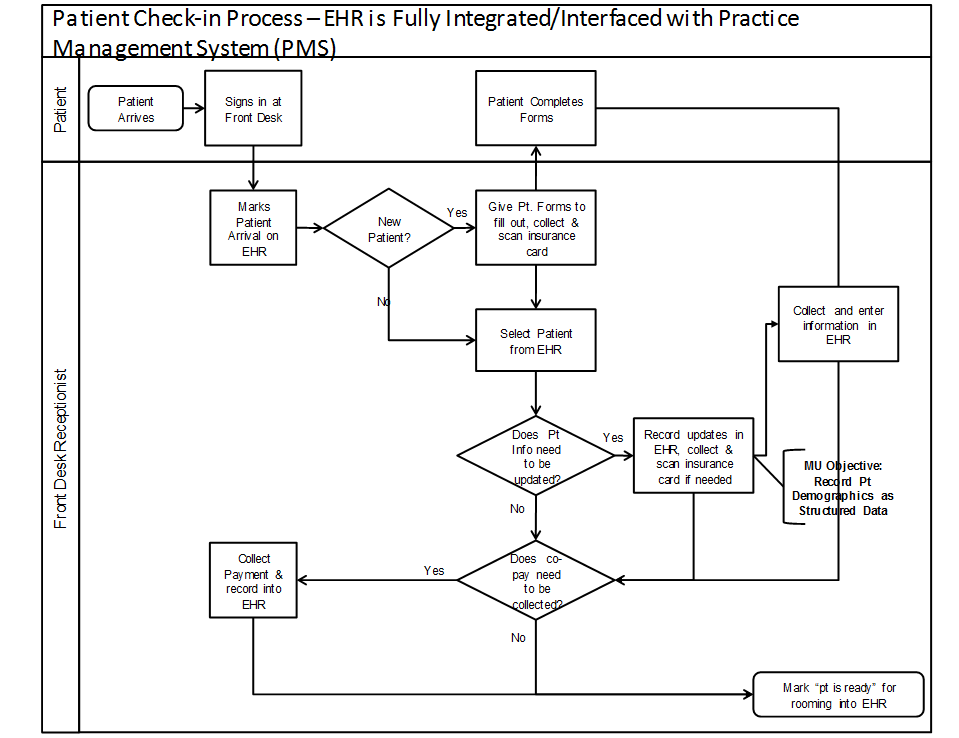How to master your EHR workflow

It’s a well-established fact that an EHR can do more for your practice than just serve as an electronic repository for patient records. From scheduling to billing, e-prescribing to collecting co-pay payments, an EHR has the potential to transform care and drastically improve the efficiency of your office. It can even save you hours each day in unexpected ways, such as with common tasks like lab ordering. But an EHR is only as beneficial as how it’s used. It’s not enough to have an EHR — identifying and mastering your EHR workflow is essential to realizing all the benefits it can bring your practice.
Find your flow
Before you can start mastering your EHR workflow, you’ll need to identify how your practice currently operates and how your EHR will be used to enhance or replace existing workflows in your practice. Will your front desk be using it to schedule and check in patients? Will providers use the EHR to submit electronic orders for imaging studies and labs from the patient’s chart?
To get started, analyze your current workflow by:
- Documenting the practice’s existing paper workflows in all areas of patient care.
- Soliciting clinician and staff input regarding their roles in current paper workflows.
- Answering the following questions: What are the best steps in the process? What makes those the best steps? What are we doing right? What steps could use improvement? What are the least effective? What makes those steps the least effective? How could we improve those steps?
The EHR workflow template on the left outlines the check-in process for a practice that uses a single system for its check-in and does not have separate EHR and PMS systems for managing patients. Check out Gliffy or Draw.io for workflow templates.
Map your new flow
Once you’ve identified your current workflows and how your EHR will be used to enhance them, you can map out an EHR workflow that’s best for your practice. This will help orientate your office during implementation.
Creating workflow templates similar to the one shown here can help your office transition quickly to new workflows during EHR implementation.
During the EHR workflow mapping process, your implementation team should focus on the key areas of workflow that will be affected by EHR implementation such as:
- Patient check-in and check-out.
- Appointment scheduling.
- e-Prescribing.
- Patient schedules and visits.
- Referral generation and management.
- Office discharge.
- Laboratory orders.
- Incentive program participation (e.g. PQRS, Meaningful Use).
- Billing.
Be sure to review and finalize documentation of the new EHR workflow and ensure that the final diagram incorporates the current “paper trail” in its entirety.
Become a master of your new flow
After you’ve mapped out the changes, it’s time to implement your EHR and the updates to your workflows. Be sure to:
- Enlist the necessary support of your EHR vendor to ensure proper EHR implementation through staff training.
- Identify each provider or staff member who’s responsible for a particular task within the new EHR workflow.
- Analyze the new EHR workflow and refine as needed. Continue to monitor the workflow and adjust to optimize efficiencies.
Ready to get started? You can get started identifying how an EHR can help enhance your existing workflows by signing up for a EHR with Practice Fusion. In less than five minutes you can be charting in a cloud-based EHR with nothing to install or download.




